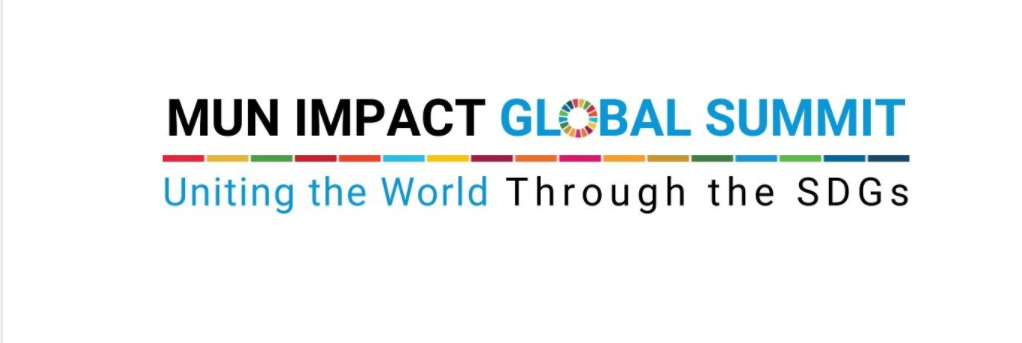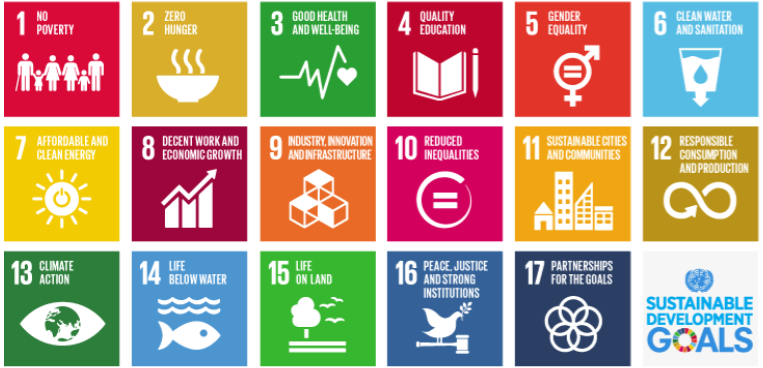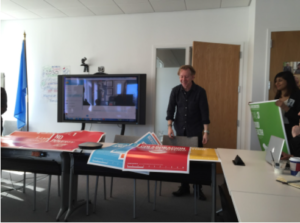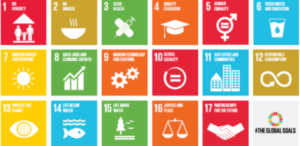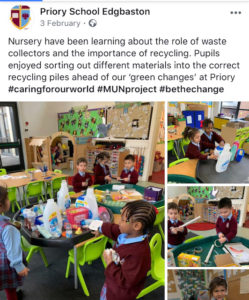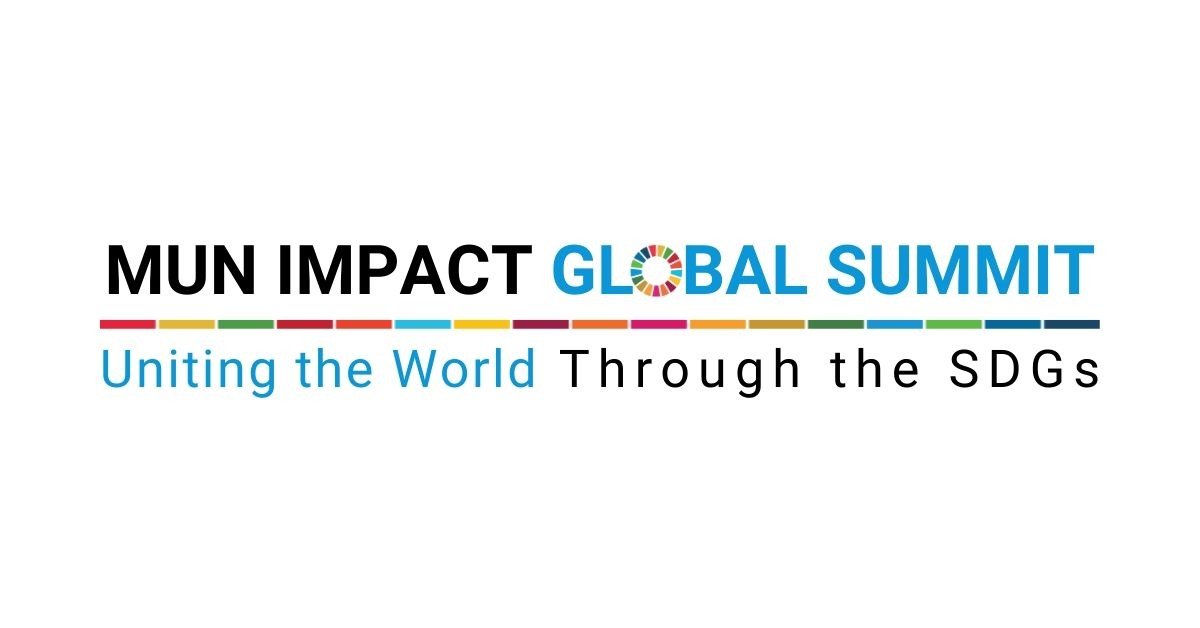Captured by Newman himself, from his blog “Where’s Newmo”, is an image from his journey in the Pacific Ocean. Here, he’s enjoying a break from studying marine life and microplastics as he jumps into the water to take a swim!
By Audrey Pinson
_
Many from the MUN Impact community know that Andy Newman has been a tremendous influence on the program for the past three years, as an Executive Board Member and Representative to the United Nations Department of Global Communications. However, he is also well known by the John Burroughs School community for being an amazing Fine Arts teacher. He has made many connections with students through his career of teaching photography, becoming Director of Student Activities and Government, being the school photographer, directing the school’s MUN program, and helping advise groups of students during their time at Burroughs. He has been a part of the school’s faculty for over 27 years and is significantly appreciated and respected by all those who come into contact with him.
For about a year, Newman has been on sabbatical with the intention of pursuing his passion for the MUN program. He wanted to accomplish seeing different programs in action and finding new styles of MUN in terms of conferences, debates and teaching methods that he could introduce to MUN Impact and the program at John Burroughs. To achieve this, Newman decided to travel the world to gain first hand experiences that would help him find what he was looking for. When asked how his journey began, he exclaimed, “I started on a boat in the middle of the Pacific Ocean studying microplastics”. On that boat, Newman travelled for three weeks from Hawaii to Canada and dug deep into SDGs 14: Life Below Water, and 14.1: Marine Pollution, as a way to show his passion for ocean life and reducing plastics. He explained how the experience on the boat changed his personal behavior concerning ways to reduce plastic waste. He attended multiple conferences and spoke about marine life, the impact of plastics, and other environmental issues. All over the world, he has presented about microplastics, not only in terms of what he saw in the Pacific Ocean, but solutions to these problems as well.
Over the course of his sabbatical, Newman travelled extensively to almost 30 different countries consisting of over 80 flights- a total of eight times around the world. He described how the three week boating trip from Hawaii to Canada was impactful to him because he spent that time with the same eight people and got to know all of them very well. Not only that, but they were responsible for cooking, cleaning, and sailing the boat. He later went on to continue his travels to Australia to work on marine conservation and coral restoration. Finally, he described the tour for MUN where Newman travelled to South Africa, India, Singapore, Panama City, the UK, Austria, and many other places around the world. He attended conferences, observing different styles of the program and meeting various MUN leaders. He said the most interesting conference he went to was in Cairo, Egypt because the entire event was turned over to the students to present and speak in front of a 500 person audience. While explaining how he met so many different people and immersed himself in other cultures, he stated, “I went to places where the people were so beautiful, just so friendly. The hospitality in some of these Muslium countries was incredible… they’re just the most wonderful, wonderful people.” While on these adventures, Newman not only went to conferences, studied different people and cultures, and went sightseeing, but he was busy with multiple photography projects as well. One of his most popular projects is called “Where’s Newmo”. It documents every place he has been to, all the research he’s done, and the pictures he’s taken. He also has a portrait series that captures the faces of leaders of various MUN conferences around the world and describes their stories of how they got to the places they are now. In addition to portraying the imagery of these leaders, Newman asked them to pick their favorite SDG and explain why it was important to them. By gathering many personal stories that directly related to the struggles of each of their countries, he was able to express how it affected them.
Although a large portion of this time was for him to travel, the outbreak of Covid-19 put a halt to his adventures. He explained how his excursions officially ended in New York city, only a couple days before the lockdowns were set in place. All of the trips he had planned for the summer to continue his work with MUN, including travels to Kyoto Japan, Lisbon Portugal, and Eswatini in South Africa have been cancelled. However, as his travels have ceased, Newman is still continuing with his sabbatical and is busier than ever, working almost 14 hour days with MUN Impact and getting the opportunity to speak with students from over 50 countries around the world. While everything stopped abruptly, it wasn’t too difficult shifting into remote learning as there was a global leadership team already in place who stepped into leading the MUN at Home program. It has only expanded from there, involving students from many different countries who are able to develop skills and obtain knowledge about MUN and the SDGs.
As Newman continues with his sabbatical, he is finding new ways to stay connected with the MUN program and pursue his passion for the SDGs, whether that looks like a zoom conference, or simply sitting in on online debates and staying in contact with students. He has accomplished so much over the past year and has built strong relationships with people all over the world. His global excursions have not only left an impact on him in his professional life, but in his personal life as well. He hopes to implement the things he learned on his journey into his own life and the MUN community.

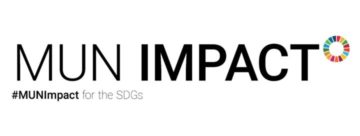
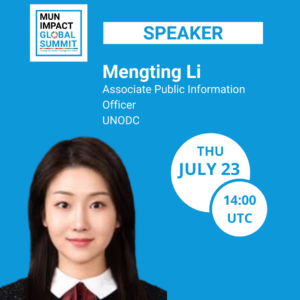 Gilberto Duarte is a Crime Prevention and Criminal Justice Officer at the United Nations Office on Drugs and Crime (UNODC) headquarters in Vienna, Austria. He joined UNODC in 2010 and currently leads the secondary level of the Education for Justice (E4J) initiative, which seeks to produce and disseminate education material on justice and rule of law issues. Previously, Gilberto Duarte worked at the UNODC Liaison and Partnership Office in Brazil, covering Argentina, Brazil, Chile, Paraguay and Uruguay in the areas of crime prevention, criminal justice, human rights and international cooperation. At UNODC, he has had extensive experience in organizing training for law enforcement and other criminal justice actors, such as police, prosecutors, public defenders and judges, as well as public policy and legislative reform and guest lectures in universities. Gilberto has a Master’s degree in International Relations, with a focus on International Law. He will be discussing Goal 16 and how it supports progress in other parts of the Global Agenda in his workshop. An informative discussion is due! Join Mr. Duarte as he imparts information about this goal.
Gilberto Duarte is a Crime Prevention and Criminal Justice Officer at the United Nations Office on Drugs and Crime (UNODC) headquarters in Vienna, Austria. He joined UNODC in 2010 and currently leads the secondary level of the Education for Justice (E4J) initiative, which seeks to produce and disseminate education material on justice and rule of law issues. Previously, Gilberto Duarte worked at the UNODC Liaison and Partnership Office in Brazil, covering Argentina, Brazil, Chile, Paraguay and Uruguay in the areas of crime prevention, criminal justice, human rights and international cooperation. At UNODC, he has had extensive experience in organizing training for law enforcement and other criminal justice actors, such as police, prosecutors, public defenders and judges, as well as public policy and legislative reform and guest lectures in universities. Gilberto has a Master’s degree in International Relations, with a focus on International Law. He will be discussing Goal 16 and how it supports progress in other parts of the Global Agenda in his workshop. An informative discussion is due! Join Mr. Duarte as he imparts information about this goal.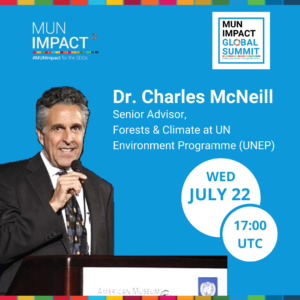 Dr. McNeill will be speaking on Wednesday, July 22nd (Session 11) at 17:00-17:45 UTC.
Dr. McNeill will be speaking on Wednesday, July 22nd (Session 11) at 17:00-17:45 UTC.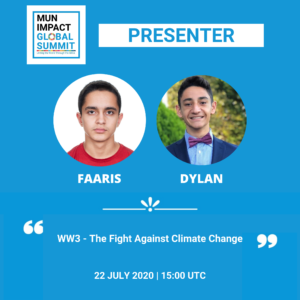 With their presentation, they hope to teach young people just how crucial the international response to climate change is. They plan on providing viewers with tips and templates by which young people can use the SDGs to foster effective grassroots change. Although, they admit, that the enormity of climate change makes it a daunting task to combat, it is necessary and quite easy to start making change.
With their presentation, they hope to teach young people just how crucial the international response to climate change is. They plan on providing viewers with tips and templates by which young people can use the SDGs to foster effective grassroots change. Although, they admit, that the enormity of climate change makes it a daunting task to combat, it is necessary and quite easy to start making change. 